Lithium manganate
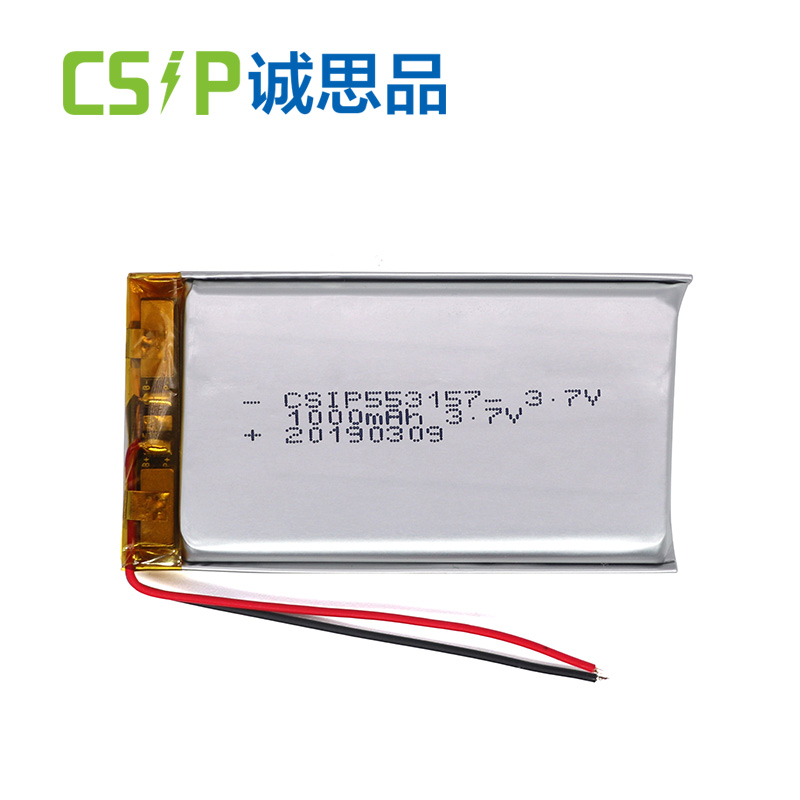
Lithium manganate, as a lithium battery material with a long history of use, has a high position of safety and is particularly resistant to overcharging, which is an outstanding advantage. Due to the good structural stability of lithium manganate itself, the quantum of positive electrode material doesn't have to exceed the negative electrode by important when designing the cell. In this way, the number of active lithium ions in the whole system is small, and after the negative electrode has been filled, there won't be too numerous lithium ions stored in the positive electrode. Indeed if there's an overcharge, there won't be a large number of lithium ions deposited in the negative electrode to form chargers. As a result, lithium manganate is the most resistant to overcharging of all generally used accoutrements *.
In addition, it's an early and extensively used cathode material due to its low price and fairly low product process conditions.
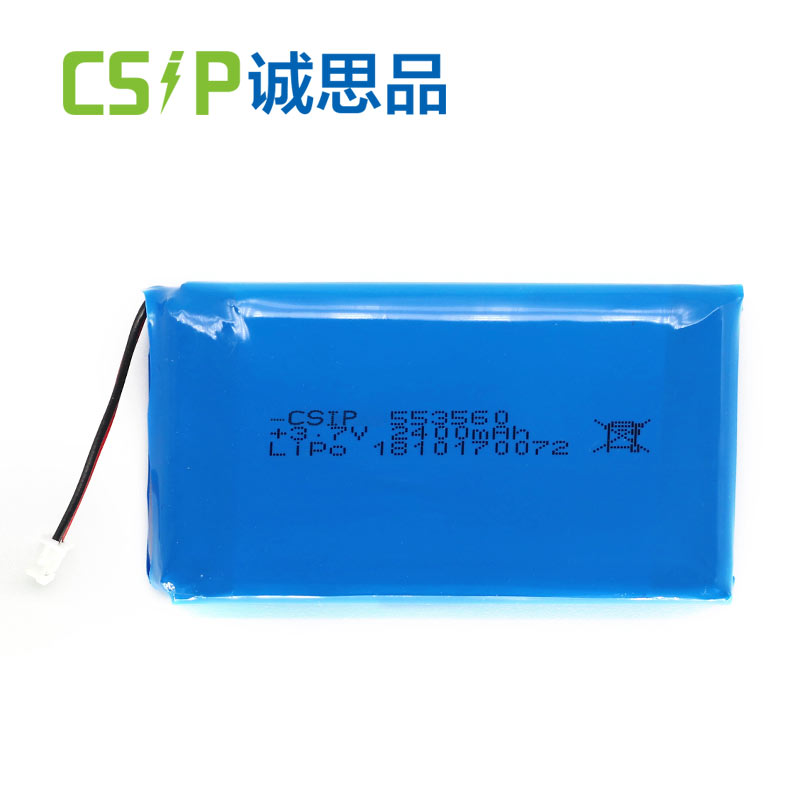
Still, it also has egregious downsides. The high temperature performance of lithium spinel manganate is poor. The presence of oxygen blights makes the cores susceptible to capacity declination at high voltages, while cycling at high temperatures can beget analogous capacity declination. The cause lies in the trivalent manganese ions that spark the disproportionation effect. The way to help high temperature declination is concentrated on reducing the trivalent manganese.
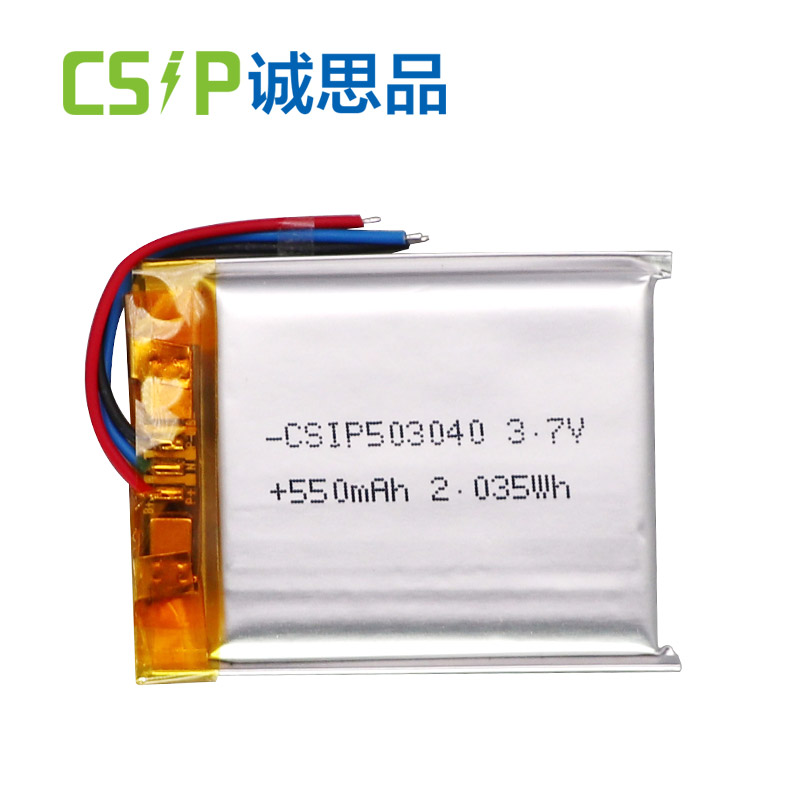
Lithium manganate, due to its high temperature performance, isn't generally used in high power or high ambient temperature operations, similar as high speed passenger buses and plug- in mongrels, where it's infrequently used as a power source. But for electric motorcars, logistics vehicles,etc., lithium manganese acid can be fully competent.
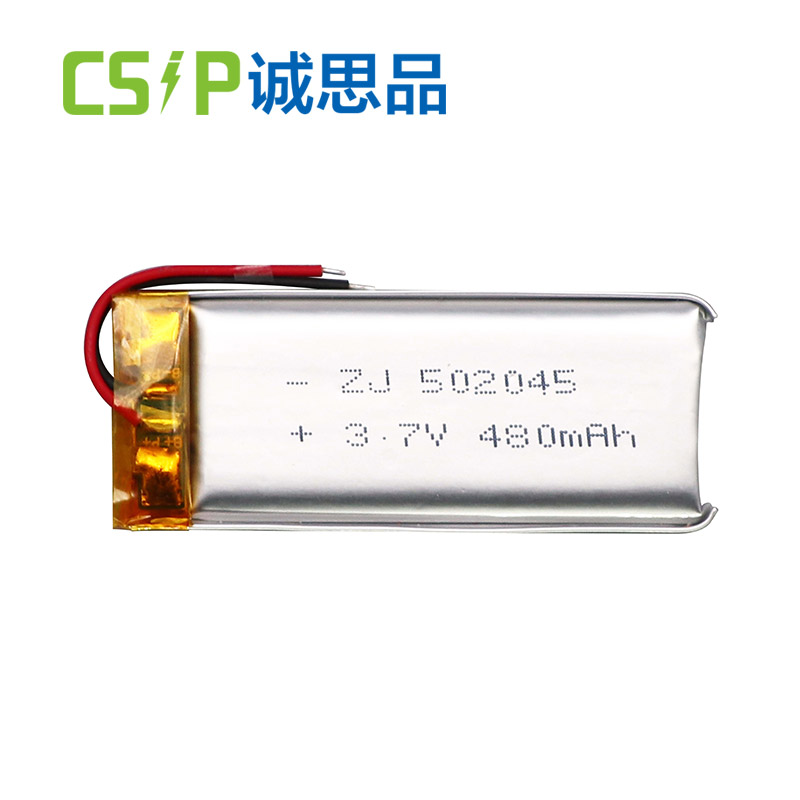
Lithium iron phosphate
The advantages of lithium iron phosphate are substantially in terms of safety and cycle life. The main determining factor comes from the olivine structure of lithium iron phosphate. This structure, on the one hand, leads to a low ion prolixity capacity, on the other hand, it has a good high temperature stability and good cycling performance.
The disadvantages of lithium iron phosphate are also egregious low energy viscosity, poor thickness and poor low temperature performance.
The low energy viscosity is a result of the material's own chemistry, with one lithium iron phosphate macromolecule holding only one lithium ion.
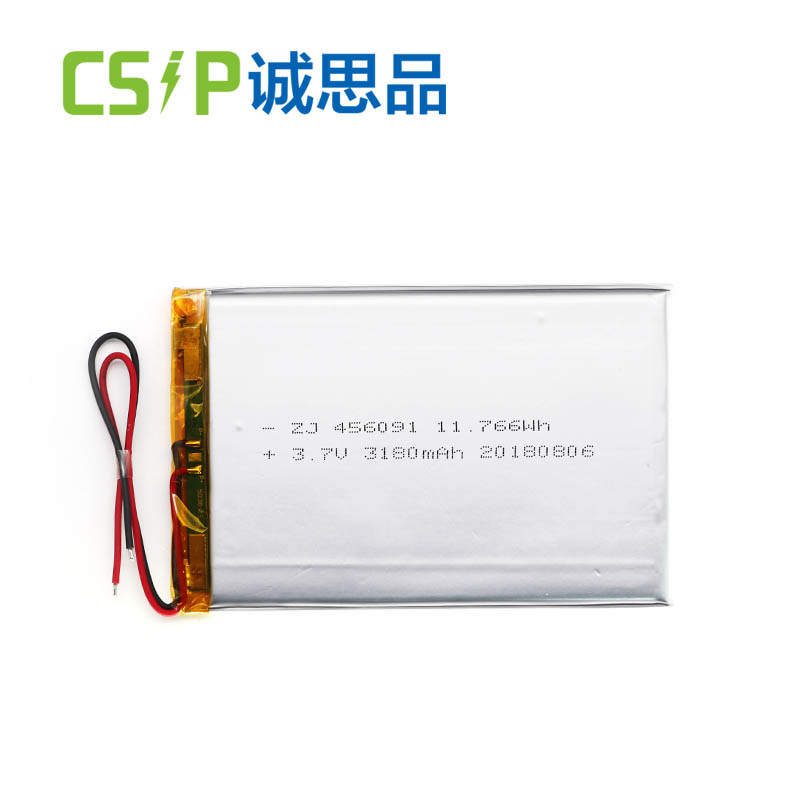
Thickness, especially poor batch stability, is related to its own chemistry, in addition to product operation position. Lithium iron phosphate is one of the more delicate of the colorful lithium battery cathode accoutrements to prepare. This high degree of chemical thickness and uniformity also presents another problem, with the harmonious presence of iron monomers and iron ion contaminations in lithium iron phosphate accoutrements , posing a implicit failure threat to the battery.
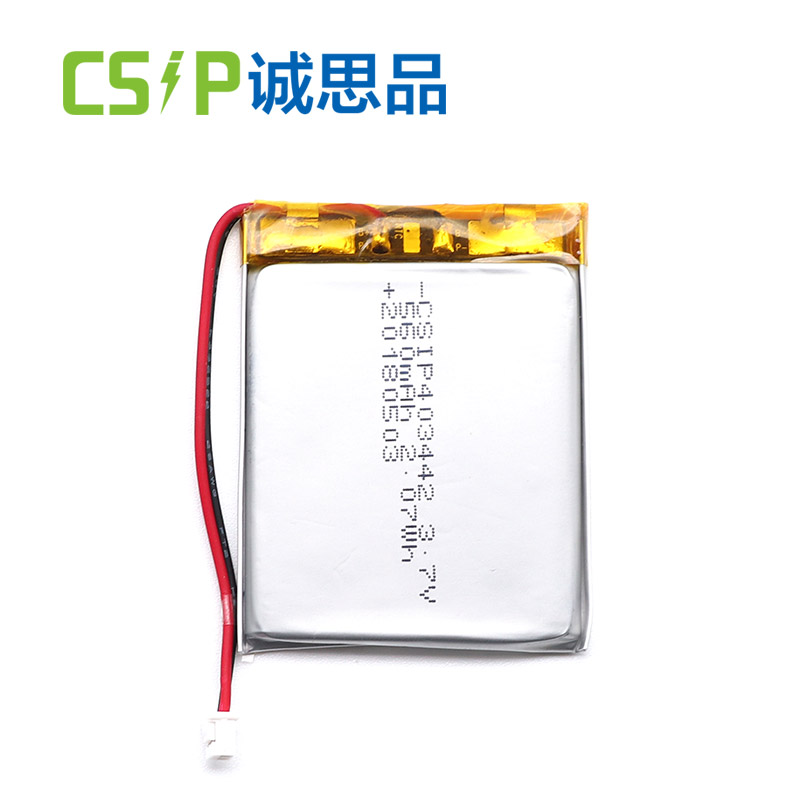
Lithium iron phosphate battery, due to its high safety, although the energy viscosity part of the impact of its use, but is still the current main power lithium battery kinds of electric vehicles in China. Especially involving a large number of people's lives and safety of motorcars, the public policy authorizations the use of lithium iron phosphate batteries.
Influent lithium
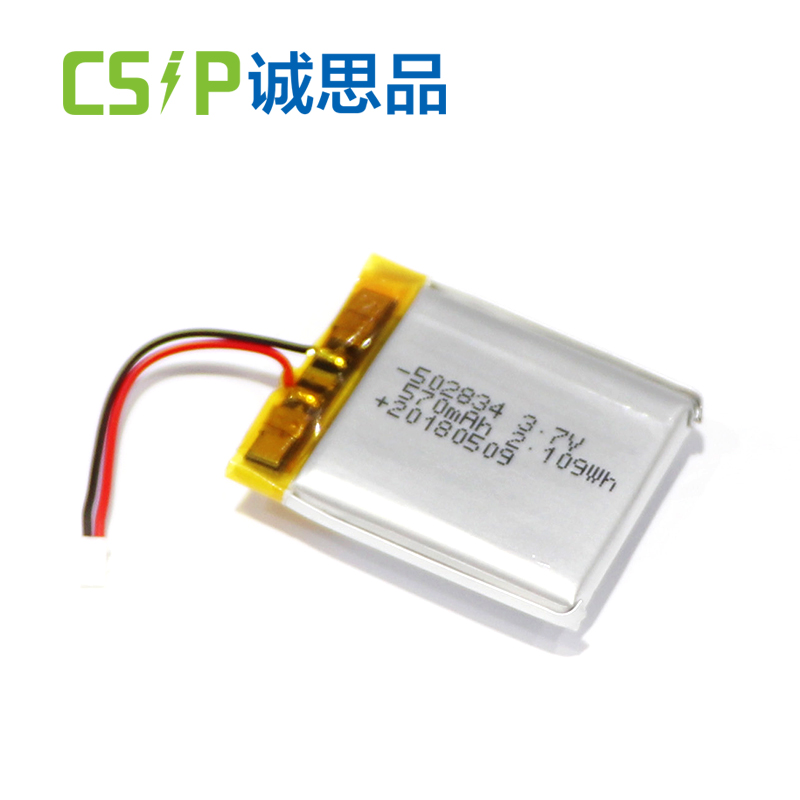
Trithium cathode material, a combination of LiCoO2, LiNiO2 and LiMnO2 in the advantages of the three accoutrements , in the same cell to form a synergistic effect, taking into account the stability of the material structure, exertion and lower cost three conditions, is the three main cathode accoutrements in the energy viscosity * one. Its low temperature effect is also significantly better than that of LiFePO4.
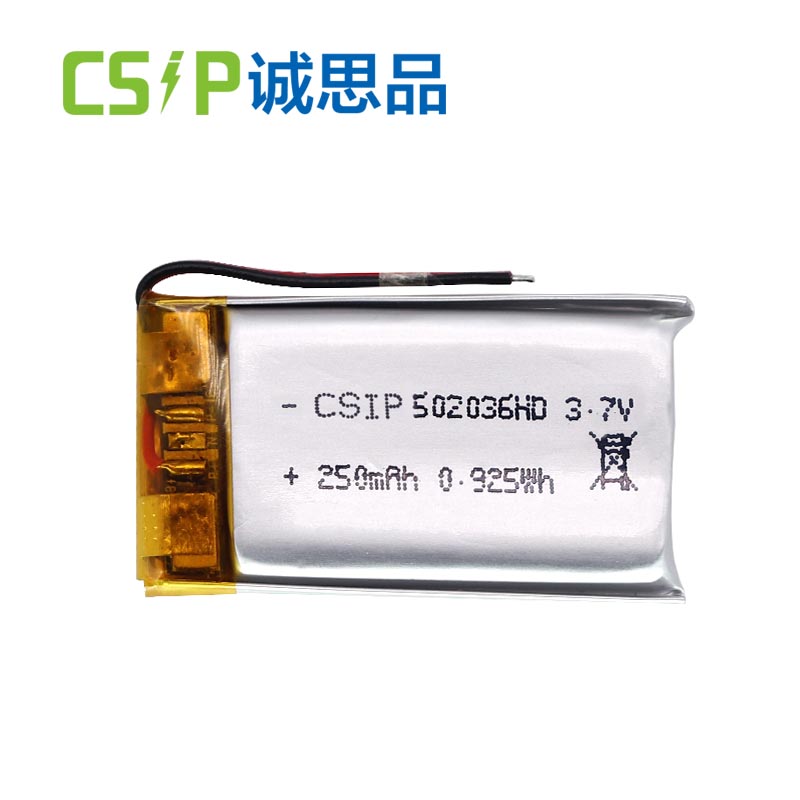
The advanced the content of Ni among the three rudiments, the advanced the energy viscosity of the cell and, at the same time, the lower the safety of the cell. In practice, the rate of the three accoutrements in the cell has been changing over time. The hunt for advanced energy viscosity has led to a advanced proportion of Ni.
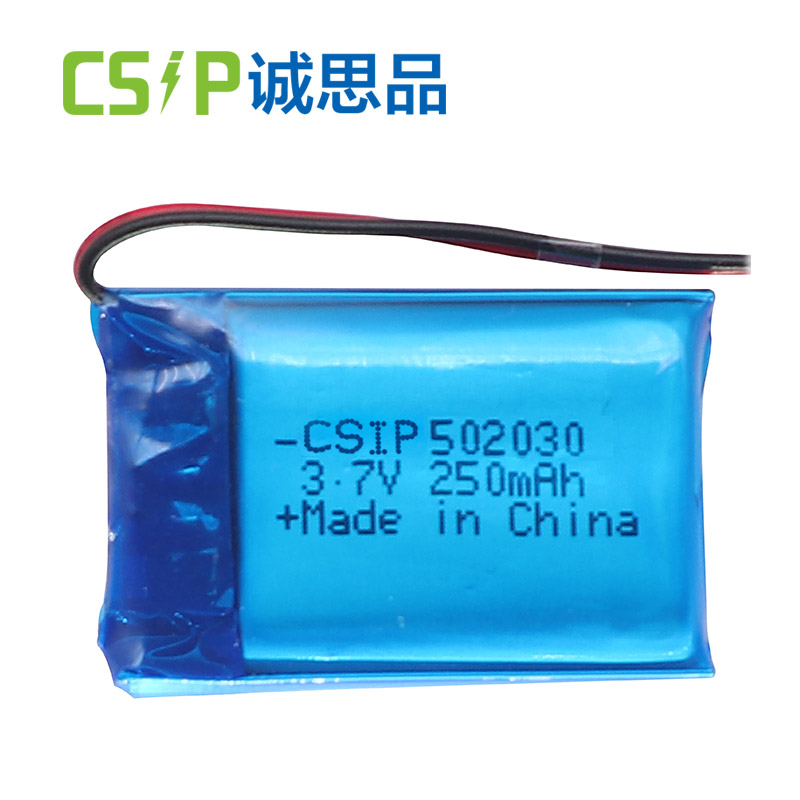
The most cited disadvantage of ternary accoutrements * is their safety. In the event of thermal raw, the products of the side responses contain a large quantum of gas, making the threat of accidents and their capability to spread much advanced. Secondly, the cycle life of ternary accoutrements is also a tailback
, presently not over to the position of lithium iron phosphate; *, due to the special microstructure of ternary accoutrements , making it infelicitous for high pressure contraction operations, and thus the common processing styles to increase energy viscosity aren't applicable to it.

Ternary accoutrements are gradationally expanding their request share, driven substantially by the pursuit of vehicle range. To match or indeed surpass the range of energy buses , electric vehicles must pack as important power as possible into a limited space, which makes energy viscosity particularly important. The subvention policy introduced by the state last time is also for the purpose of stimulating the exploration and development of high energy viscosity electric cores, setting a threshold for energy viscosity, and those who can not enter won't be subsidized. From vehicle manufacturers to pack manufacturers to core manufacturers, each link must misbehave with the general trend of perfecting product energy viscosity, so ternary lithium batteries are decreasingly used. The enhancement of the safety performance of the battery itself and the enhancement of the system monitoring and running of accidents will also advance the expansion of the ternary lithium battery request.





































 401,Building A1,No.168,Changshan IndustrialZone Liulian Community,Pingdi Street,Shenzhen Guangdong Province,China
401,Building A1,No.168,Changshan IndustrialZone Liulian Community,Pingdi Street,Shenzhen Guangdong Province,China